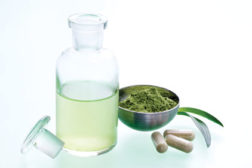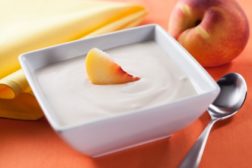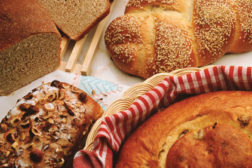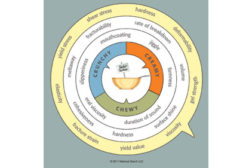Home » Keywords: » starch
Items Tagged with 'starch'
ARTICLES
The Market for Enzymes
A new report defines and segments the global alcohol and starch/sugar enzymes market.
May 2, 2014
Penford Completes Gum Technology Purchase
Penford Corporation announced it has completed the acquisition of Gum Technology Corporation.
April 9, 2014
New Uses for Gums and Starches
Food product development with gums and starches
February 7, 2014
Abstracts
Clean-label Starches
Penford’s PenPure starches are are familiar to consumers when listed in the ingredient statement.
July 29, 2013
Gum-starch Solutions
Gum Technology’s GumPlete stabilizes viscosity over a wide temperature range, minimizes syneresis in freeze/thaw and microwaveable applications, and helps stabilize emulsions.
April 17, 2013










